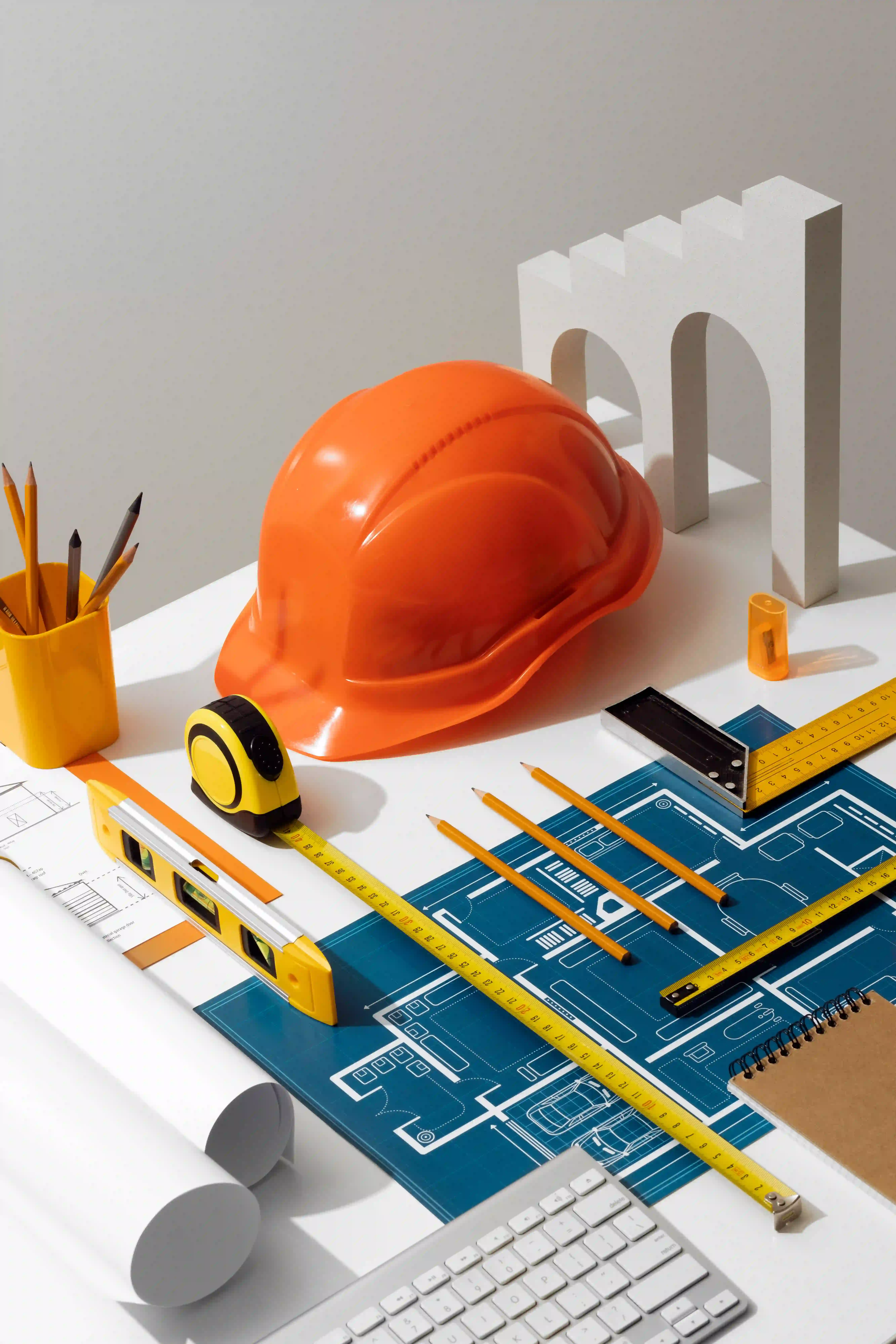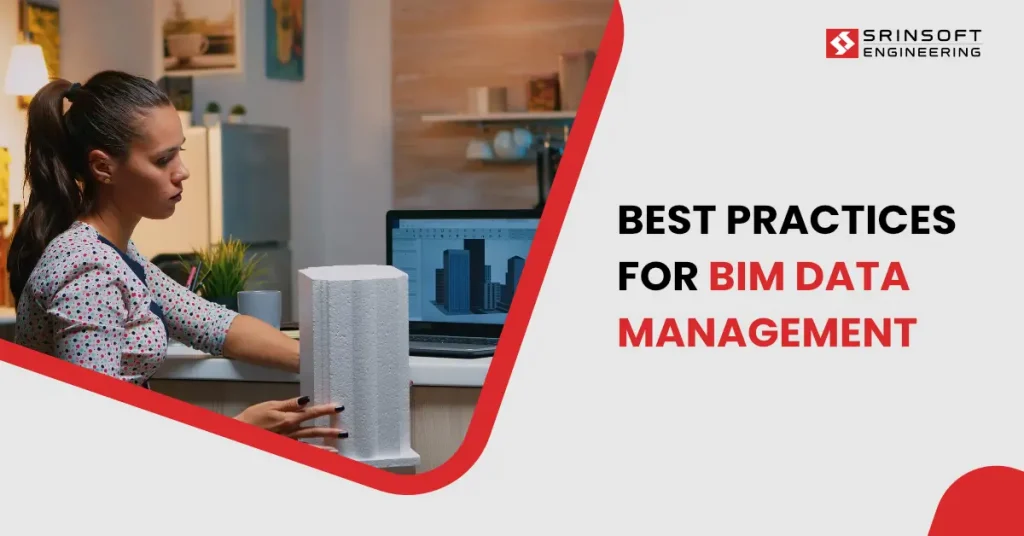
“The best time to plant a tree was 20 years ago. The second-best time is now.” – Chinese Proverb
This holds just as true for the processing industry, where many organizations are still running on aging networks of pipes, built decades ago, when today’s design tolerances and fabrication standards were unheard of. While those systems may have served you well over the years, the hidden costs of inefficiencies, leaks, compliance risks, and unplanned downtime cannot be brushed off.
But it is never too late to take decisive action.

If you’re a forward-looking leader who understands that imprecise piping systems can silently erode profitability but are uncertain where to start or how to justify the investment, this blog is for you.
In this blog, we’ll explore how precision piping reduces operational risk while delivering a measurable ROI (which is exactly our goal), providing you with the framework to make confident, well-informed decisions about infrastructure upgrades.
What is Process Piping?
Process piping refers to the entire piping system in industries like oil & gas, pharma, energy, and chemicals that is directly involved in transporting fluids (liquids, gases, slurries) between process units.
Ignoring Precision in Process Piping Can Set You Back?
Absolutely: It’s not just about fitting pipes together; it’s about ensuring every detail meets exacting standards for performance and compliance.
- Safety of Operations:
Example: In March 23, 2005, explosions at the BP Texas City refinery killed 15 workers and injured 180. Many victims were near trailers by a vent stack. The blast occurred when a distillation tower flooded with hydrocarbons and over pressurized, sending a geyser-like release from the stack.
- Compliance and Standards: Strict codes such as ASME B31.3, API, and OSHA demand precision; failure to comply can mean fines, shutdowns, and loss of stakeholder trust. Read more about piping codes here
- Operational Efficiency: Ignoring precision leads to poor flow dynamics, higher pressure losses, and wasted energy
- Cost Control and ROI: Errors in piping fabrication lead to rework, material wastage, and project delays.
- Maintainability and Reliability: Precision-built systems last longer and require fewer repairs. Poor layouts make it harder to inspect, repair, or replace components without dismantling at least half of the system. (Billions of dollars lost annually in the chemical industry due to unplanned downtime)
Managing Costs in Piping Solutions
Investing in precision during process piping projects—spool fabrication, isometrics, and coordinated 3D layouts—may seem like a huge upfront cost (and one of the major factors delaying upgrades), but the long-term ROI is clear. When pipes flow with precision (every route, valve, and support in perfect alignment), leaks vanish, rework disappears, and downtime never makes the schedule. The result? Operations that hum at peak efficiency.
What’s more? Precision also drives smarter resource management. Optimized flow paths and well-calibrated pressure systems reduce energy consumption and material waste.
Optimizing Projects Through Component Extraction and Spools
Why It Matters
The road to precision begins with accurate piping component extraction from project drawings and specifications and breaking the complex piping system into smaller, pre-engineered sections called spools.
Component extraction from drawings ensures every pipe, fittings, valves, Instruments, gaskets, and support structure is accounted for with exact specifications, and there are no surprises at the time of execution.
Spools are fabricated in a controlled workshop environment and then transported to the project site for assembly.
Component extraction and piping spool fabrication work hand in hand. By accurately extracting every pipe, valve, and fitting directly from digital project plans, teams ensure nothing is missed in the modeling stage. Those components are then segmented into spools that can be prefabricated off-site. This ensures:
- Predictable schedules: When teams have a precise list of what’s already available and know what’s still in fabrication (with work running in parallel rather than sequentially), project timelines become far easier to track.
- Reduced site disruption: With precise extraction paired with offsite spool assembly, the jobsite becomes smoother with little to no disruption.
- Better cost control: By avoiding excess material orders and shifting labor to offsite, you keep budgets on track and waste to a minimum.
A Mini Case Study
In one steel processing project, precise extraction of piping components from project plans was critical to meeting tight operational deadlines. The project involved 1,800 lineal feet of 9” and 7” stainless steel piping to properly quench steel plates in the press.
Every pipe segment—including elbows and “T”s—was detailed through component extraction and then prefabricated into pipe spools for welding before the scheduled outage, which lasted only two weeks. This approach ensured that:
- Fabrication was error-free, avoiding costly rework during the outage.
- All spools fit seamlessly on-site, preventing delays in the critical quenching process.
- The outage window was met, keeping production schedules intact and reducing lost revenue.
- The project delivered significant measurable ROI illustrating the tangible value of precision piping in high-stakes operations.
Planning and Modeling Piping Systems
It’s a lot like problem-solving. The most effective way to model piping systems is through conversations and questions with maintenance, instrumentation, and electrical technicians over a period of time.
Beginning with thorough site surveys, precise measurements, detailed isometric drawings, BIM automation, as-built documentation, and open communication across stakeholders, a well-structured plan minimizes risk, prevents costly misunderstandings, and lays the foundation for project success.
Accessibility by Drawing
When engineers draw a process piping system, they don’t just think about how fluids will flow, they also plan for the system’s long-term upkeep, for years, even decades. Good drawing and modeling, by default, should ensure easy maintenance of access without shutting down or disassembling entire sections.
For example:
- Valves should be positioned where technicians can easily open or close them.
- Gauges must be visible for quick monitoring.
- Filters should be accessible for replacement without dismantling large portions of the piping.
Inspection Integration
Inspection Integration means turning the digital drawing of the piping system into a living guide for ongoing reliability and compliance. In practice, engineers add inspection checkpoints—like access points, test ports, or monitoring tags—into the 3D model itself.
Why this matters:
- Inspectors know exactly where and how to check the system, saving time.
- It ensures inspections are consistent across the system’s lifecycle, right from commissioning to routine maintenance.
- Potential issues can be spotted earlier, reducing the risk of failures or downtime.
Read more about piping engineering here
3D Modeling and Layouts
Historically, piping engineers have focused on specifications and system integrity rather than creating detailed layouts. With modern 3D tools such as Plant 3D, PDMS/E3D, or Revit, piping layouts can now be developed with greater accuracy and coordination
Historically, piping engineers have focused on specifications and system integrity rather than creating detailed layouts. Engineers are still spec- and integrity-focused; designers handle the detailed drawing/modeling, but collaboration is tighter now thanks to 3D tools. 3D modeling (like Plant 3D, PDMS/E3D, or Revit) for piping layouts now provide unmatched visibility into how a process piping system fits within a facility.
Strategic Advantages of 3D Modeling:
- Clash Detection: Identifies potential conflicts between piping, structural elements (like a high-pressure steam line conflicting with the structural support beams of an overhead walkway), and equipment before fabrication begins.
- Scenario Testing: Engineers can simulate thermal expansion, flow dynamics, and operational stresses (like using 3D simulations to test thermal expansion).
- Stakeholder Alignment: The 3D model allows engineers, contractors, and management to visualize the layout together, resolving modeling questions in real time and speeding up approvals.
Flaws That Drive Maintenance Risks and Costs
When precision is overlooked, maintenance challenges multiply. Real-world examples illustrate the consequences:
Restricted Access: Imagine a chemical plant where a critical shut-off valve gets buried between two large heat exchangers. Routine maintenance might require a partial system shutdown, costing the plant a lot in lost production.
Incompatible Materials: Imagine a brewery installing carbon steel piping in a high-moisture section without proper lining. Accelerated corrosion may cause multiple leaks within a few years of installation, triggering unwelcome compliance fines and cleanup costs.
Unaccounted Expansion: At a steam generation facility, a long run of steam piping lacks adequate thermal expansion loops. Repeated heat cycles caused stress fractures, resulting in unscheduled outages and equipment replacement.
Overcrowding: In an oil refinery, piping and instrumentation were tightly packed in the control area. Inspectors needed cranes and scaffolding for simple checks, increasing downtime and labor costs for routine maintenance.
Investing in precision upfront prevents disproportionate expenditures later.
Conclusion: From Drawing to Operation: Why Precision Is Non-Negotiable
Operational excellence is not part of the system; it is the system. In process piping, this means adapting precision at every stage: from 3D piping layouts and component extraction to spool fabrication, assembly, and ongoing inspections. Digital tools turn complex drawings into actionable, error-proof plans, ensuring projects run smoothly and systems perform reliably
Executive summary
- Reduced Risk: Accurate drawings and modeling prevent costly corrections, compliance issues, and unexpected downtime.
- Maximized ROI: Optimized piping systems streamline operations, cut waste, and lower total cost of ownership.
- Sustained Reliability: Planning for inspection and maintenance ensures that assets continue delivering peak performance over their lifecycle.
Why Wrestle in the Arena When You Can Sit in the VIP Box?
With over 20 years of experience, SrinSoft Engineering specializes in delivering industrial piping engineering and BIM services solutions that not only meet but exceed industrial piping standards.
- Precision and Accuracy.
- Compliance with Industry Standards
- Cost and Time Efficiency
- Trusted by Leading Brands
- Global Presence with operations across the USA, Dubai, Europe, Australia, and India
Schedule a 30-minute executive briefing to assess your current infrastructure risks!



